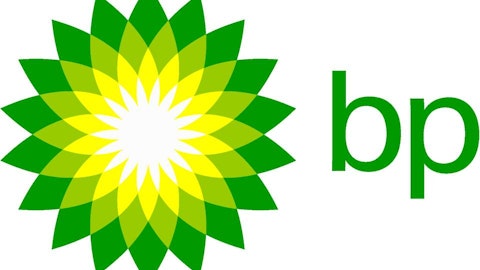Subsequent pages of TransCanada’s rebuttal follow a similar tone, highlighting what it believes are erroneous claims in Stansbury’s report and then attempting to disprove them. In the interest of time, I won’t go into further details but you can check out the full rebuttal here.
Who’s got it right?
As an outside observer, it’s difficult to figure out who’s right in this debate. While Stansbury presents a convincing case that the number and severity of potential spills from the Keystone XL pipeline have been misrepresented, TransCanada Corporation (USA) (NYSE:TRP)’s rebuttal is also persuasive.
What often gets lost in the details, however, is the fact that Keystone XL is relatively insignificant in the grander scheme of things. If constructed, the 1,179-mile pipeline would account for just over 2% of the total 55,000 miles of crude oil trunk lines currently traversing the country. And though its proposed capacity is much higher than the vast majority of current pipelines, it’s still a relatively minor share of the nation’s total pipeline capacity.
According to the Association of Oil Pipe Lines, interstate pipelines transport an unfathomable 11.3 billion barrels of petroleum every year. That works out to an average of about 31 million barrels per day. By comparison, Keystone XL has a targeted capacity of 830,000 barrels per day, which would account for just under 3% of existing total pipeline capacity for petroleum products.
Final thoughts
Regardless of who will ultimately be proved right, there’s one thing I do know – the operators of these projects are human beings who are fallible just like the rest of us. Despite the most stringent of precautions, unexpected events occur all the time. People make mistakes, equipment fails, pipelines rupture, and our planet ends up bearing the consequences.
For instance, consider the infamous 2010 BP plc (ADR) (NYSE:BP) Deepwater Horizon disaster, which killed eleven workers and discharged nearly 5 million barrels of oil into the Gulf of Mexico after a well blew out, leading to a fire and subsequent explosion aboard the Deepwater Horizon rig.
Though the two other parties involved in the accident – Transocean LTD (NYSE:RIG), which built and staffed the rig, and Halliburton Company (NYSE:HAL), an oil-field services firm that was in charge of cementing and monitoring the well – continue to blame each other and BP, the accident serves as a sobering reminder that things can and do go wrong, despite the involvement of some otherwise highly proficient companies.
There’s no reason to believe that TransCanada, despite the elevated safety measures it has proposed, will be immune from such events.
The article Has Keystone XL’s Environmental Impact Been Understated? originally appeared on Fool.com and is written by Arjun Sreekumar.
Fool contributor Arjun Sreekumar has no position in any stocks mentioned. The Motley Fool recommends Halliburton. The Motley Fool owns shares of Transocean.
Copyright © 1995 – 2013 The Motley Fool, LLC. All rights reserved. The Motley Fool has a disclosure policy.


